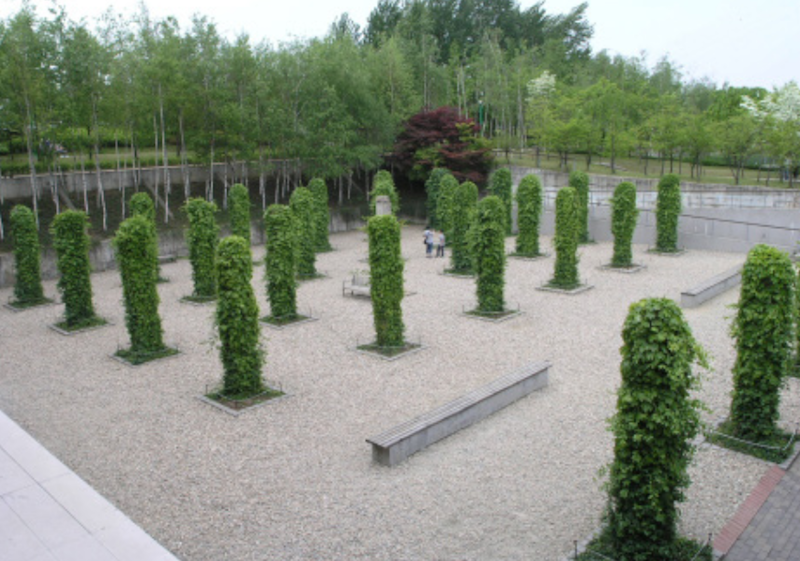Abstract
The case study focuses on contemporary landscape approach towards reusing existing urban infrastructure. The study carefully looks into two public parks in Seoul, which both transformed a water puri cation plant to a park; Seounyudo Park and West Seoul Lake Park.
Seonyudo Park, an award-winning landscape project, used to serve as Seounyu Water Puri cation Plant where it supplied Seoul’s tap water for 22 years (1978-2000) and reinvented in 2002. Since then, Seounyudo Park has been spotlighted for its success not only engaging the public to the place, but also providing new perception to the city’s development. To explain, the project pioneered to introduce a new development paradigm in Korea concentrating on ways to reuse the existing infrastructure as opposed to create the new.
Similarly, in 2009, the old Shin-wol Water Puri cation Plant (1959-2003) was revived as the West Seoul Lake Park. With the concept of “Water and Restoration”, the park has been designed to keep the existing as much as possible and provide such as series of groves, sculpture park, sport facilities. Along with Seounyudo Park, the West Seoul Lake Park has a pivotal role to change the perspective towards urban infrastructure.
After researching the positive aspects of the projects, the case study further questions the approach of “adaptive reuse” and its necessity. This is driven by the fact that both projects merely took a “Picturesque” approach that missed out other possibilities. In order to discuss the potential opportunities, the study will also look into Portland’s Willamette River Water Treatment Plant Park, which dealt more with ecological transformation and educational aspect.
In conclusion, the case study questions the direction of urban landscape transformation and the scope of landscape architect. Reviving the existing infrastructure is the current paradigm and it is getting stronger. Given the opportunity, it is worth asking what optimal direction and how can we take it further?
